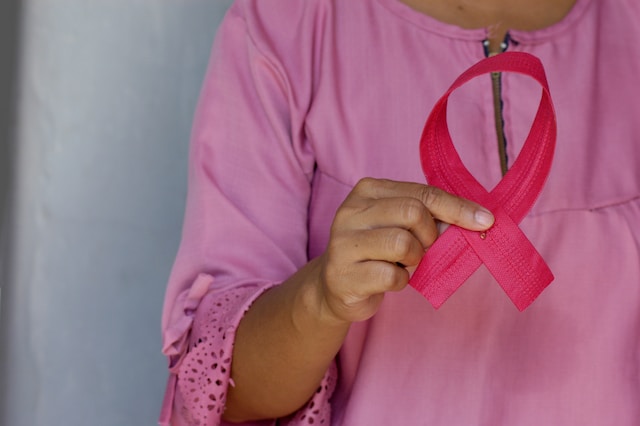Breast cancer casts a long shadow across the globe, touching millions with its cold grasp. Understanding not only its nature but also the steps one can take from recognizing early signs to navigating treatments, shines as a beacon of hope. Awareness and knowledge serve as powerful tools in this journey, providing those affected with a fighting chance.
Delving into Breast Cancer
Contents
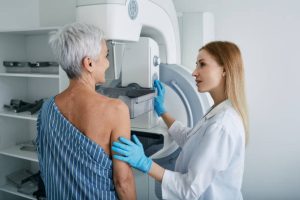
Encompassed within the term breast cancer is a group of diseases where cells in the breast grow uncontrollably, resulting in tumors that can often be detected through an imaging test or as a physical lump. The advancements made in medical science have turned the tide, improving survival rates and fine-tuning treatments for those affected.
The statistics related to breast cancer are a call to action for heightened awareness and proactive health measures. This condition stands as one of the most common malignancies, underscoring the urgency for both early detection and preventive strategies. Educational campaigns and regular screenings are vital elements in securing early intervention and improving outcomes.
Risk factors are numerous and varied, from genetic predispositions to lifestyle choices and beyond. Although predominantly diagnosed in women, it’s paramount to acknowledge that breast cancer does not discriminate—it can also strike men. Being vigilant about these risk factors enables individuals to engage more proactively in preventive measures and screenings.
Symptoms and Early Detection

The early detection of breast cancer can significantly boost one’s odds of overcoming the disease. Key symptoms include new lumps in the breast or armpit, changes in the contour of the breast, dimpling on the skin like the texture of an orange, or an inverted nipple that recently developed. These signs may resemble less serious conditions, hence the importance of a medical professional’s counsel.
Encountering potential warning signs should prompt a visit to a healthcare practitioner. Medical expertise not only provides clarity but can also initiate the necessary investigation and follow-up. Not every change spells cancer, but vigilance and timely consultation are always prudent.
Self-exams are advocated by numerous health organizations because they empower individuals to be the first line of detection. Regular self-checks foster familiarity with one’s own breast anatomy, enabling one to notice atypical changes expediently.
The Path to Diagnosis
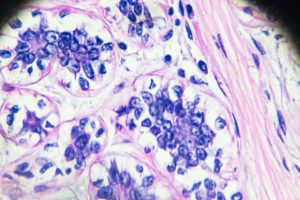
Screening mammography is the stronghold in the early detection of breast cancer. These scans are capable of identifying tumors that might be imperceptible during a manual exam and may catch the cancer at a nascent stage, devoid of overt symptoms. Other screening avenues include expert clinical examinations and, in certain cases, MRI scans.
Following the detection of a suspect region within the breast, an array of diagnostic tests ensues—targeted mammography, ultrasound, and possibly MRI—to gather more information about the anomaly. These procedures converge to create a clear picture of the nature of the abnormality, aiding in formulating an informed diagnosis.
A biopsy remains the gold standard for confirming breast cancer. It involves taking a representative tissue sample from the affected area to be scrutinized in the lab for cancer cells. The findings from a biopsy are pivotal—they not only confirm the presence of cancer but also guide the subsequent course of treatment.

The approach to treating breast cancer is multidimensional, integrating the specificities of the disease with the individual’s health status. Surgery is frequently a cornerstone of treatment; it aims to remove the cancerous mass along with some normal tissue as a margin. The surgery might vary from a breast-conserving lumpectomy to a more extensive mastectomy based on the cancer’s characteristics.
Radiation therapy is another pillar in the treatment plan. It uses high-energy rays with an aim to obliterate cancerous cells, often used after surgery to target any remaining disease, thus minimizing recurrence risks. It serves as a safeguard, reinforcing the surgery’s efforts in eradicating the cancer.
Chemotherapy is the systemic warrior in the fight against breast cancer. By using potent drugs, it aims to destroy or halt the proliferation of cancer cells. Its role is multifold—from shrinking the tumor before surgical intervention to mopping up remnant cancer post-operation or even managing metastatic disease where cure might not be possible.
Living with a Breast Cancer Diagnosis
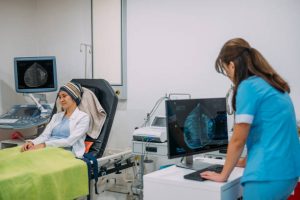
A diagnosis of breast cancer carries with it an emotional tsunami—it’s not just a physical challenge but also a psychological whirlwind. Individuals might grapple with an array of emotions, including disbelief, fear, anger, and despair. Managing these feelings is as crucial as the physical treatment of the disease itself.
Support is not a luxury—it’s a necessity. Whether it’s the strength derived from loved ones, wisdom from support groups, or resilience built in therapy sessions, these resources offer solace and camaraderie. Together, they knit a network of support, offering comfort and counsel while guiding the journey through treatment and beyond.
The concept of survivorship extends beyond treatment and encompasses the wider spectrum of living post-cancer. It involves adapting to new realities, embracing changes, and finding joy after the storm. This period allows for reflection, growth, and an opportunity to step into a future armed with new perspectives.
Embracing Awareness and Proactivity
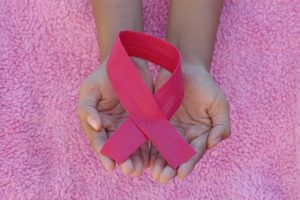
Breast cancer is a puzzle that demands unwavering attention and an avid pursuit of knowledge. By delving into the nature of the disease, recognizing its earliest signs, and understanding the breadth of treatment options, individuals can arm themselves with information that could prove crucial. The hallmark of this article is to illuminate the path for those navigating the waters of breast health. Maintaining awareness and fostering an environment where proactive health measures are encouraged can truly alter the narrative of this disease, transforming stories of struggle into legacies of triumph and hope.

